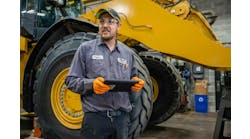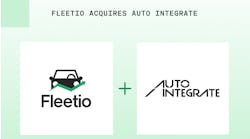Items to consider when making the decision to lease or buy
Olen Hunter, director of sales, PacLease, a full-service truck leasing company, says there are 12 basic items or costs - seven for ownership and five for leasing - that need identification to perform an accurate comparison between owning and leasing:
Ownership
- Initial cost of equipment - The original purchase price, including taxes, and additional equipment, such as van bodies, tool boxes, headache racks, auxiliary power units, refrigeration units, etc.
- Interest rate if considering a bank loan, length of the loan and required down payment.
- Length of asset life - How long will you utilize the equipment?
- Corporate tax rate - Used to determine your company's net, after-tax benefits of depreciation write-off.
- Maintenance costs over the equipment's life.
- Administrative costs for licensing and tracking DOT compliance, plus the general and administrative costs associated with managing your fleet's maintenance.
- Net present value calculation of the monthly payments, finance cost and maintenance cost over the equipment's lifetime.
Lease
- Lease rate.
- Variable cost (mileage rate) if a full-service leas.
- Length of the lease.
- Net present value calculation of the lease payments over the equipment's lifetime.
- Residual responsibility - Is the piece of equipment yours or does it belong to the lessor?
"It's vital to tally all associated administrative expenses under ownership and lease before you make comparisons," Hunter says. "Once you have gathered this data, you can perform a net present value calculation on the lease payment, the finance cost and the maintenance cost over the equipment's lifetime. It's also important to look at the net after-tax cash flows under ownership and leasing."


